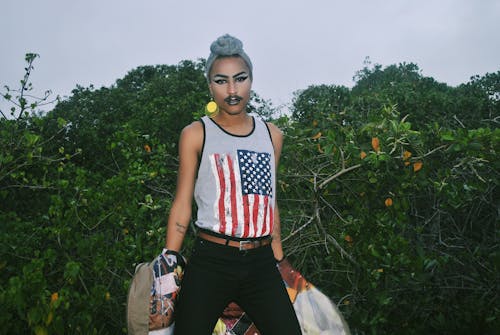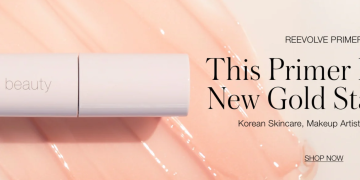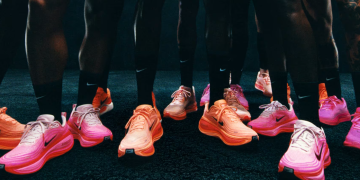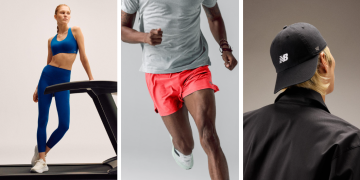
The landscape of fashion has undergone a significant transformation in recent years, driven by a growing movement towards gender-neutral fashion. This shift is not merely a trend but a profound redefinition of how we perceive and engage with clothing. Gender-neutral fashion challenges traditional boundaries and seeks to dismantle the rigid categories of “men’s” and “women’s” clothing, paving the way for a more inclusive and diverse sartorial world. This essay explores the rise of gender-neutral fashion, its historical context, key influencers, and the implications for the future of style.
Historical Context and Evolution
Traditional Gender Norms in Fashion
Historically, fashion has been deeply entrenched in binary gender norms. Clothing styles and categories were distinctly separated, with specific garments and accessories designated for men and women. This separation was reinforced by societal expectations and cultural norms, leading to the establishment of rigid fashion codes.
- 19th and Early 20th Centuries: In the 19th century, men’s and women’s fashion was sharply divided. Men wore suits, trousers, and waistcoats, while women wore dresses and skirts. The early 20th century saw some shifts, such as women wearing trousers during World War II, but these changes were often met with resistance.
- Mid to Late 20th Century: The mid-20th century witnessed the rise of unisex clothing during the 1960s and 1970s, influenced by the feminist movement and countercultural trends. Designers like Yves Saint Laurent introduced gender-blurring elements, such as women in tuxedos, but these were often seen as exceptions rather than mainstream changes.
The Emergence of Gender-Neutral Fashion
The modern era has seen a significant shift towards gender-neutral fashion, driven by various social and cultural factors:
- LGBTQ+ Advocacy: The LGBTQ+ community has been instrumental in challenging traditional gender norms. Advocacy for gender inclusivity and non-binary identities has brought attention to the need for clothing that transcends binary classifications.
- Cultural Shifts: As society becomes more accepting of diverse gender identities, the fashion industry has responded by embracing gender-neutral designs. This shift reflects broader cultural changes and a move towards greater inclusivity and representation.
Key Influencers and Pioneers
The rise of gender-neutral fashion can be attributed to several key influencers and pioneers who have pushed the boundaries of traditional fashion.
Designers Leading the Charge
- Martin Margiela: Known for his avant-garde approach, Margiela challenged conventional fashion norms by deconstructing traditional garments and creating unisex designs. His work emphasized the fluidity of clothing and its ability to transcend gender boundaries.
- J.W. Anderson: The British designer has been a significant proponent of gender-neutral fashion. His collections often blur the lines between masculine and feminine aesthetics, incorporating elements traditionally associated with both genders.
- Philosophy di Lorenzo Serafini: This brand has embraced gender-neutral fashion with its unisex collections that cater to a diverse range of customers, emphasizing versatility and inclusivity.
Celebrities and Public Figures
Celebrities and public figures have played a crucial role in popularizing gender-neutral fashion:
- Billy Porter: The actor and singer has gained acclaim for his bold, gender-defying red carpet looks. Porter’s choice to wear dresses and gowns challenges traditional gender norms and promotes the idea of fluid fashion.
- Janelle Monáe: Known for her androgynous style, Monáe frequently wears clothing that blurs gender lines. Her fashion choices reflect her identity and have contributed to the conversation around gender-neutral fashion.
- Harry Styles: The singer and actor has become a fashion icon known for his eclectic, gender-fluid wardrobe. Styles’ willingness to experiment with traditionally feminine clothing has made him a symbol of gender-neutral fashion.
The Impact on the Fashion Industry
The rise of gender-neutral fashion has had a profound impact on the fashion industry, influencing design practices, marketing strategies, and consumer behavior.
Design Innovations
- Unisex Collections: Many designers now offer unisex collections that are designed to be worn by people of any gender. These collections often feature oversized silhouettes, neutral colors, and versatile pieces that challenge traditional gender norms.
- Inclusive Sizing: Gender-neutral fashion has also led to a focus on inclusive sizing. Brands are increasingly offering a wide range of sizes that cater to diverse body types, further breaking down gender barriers.
Marketing and Retail Strategies
- Inclusive Advertising: Fashion brands are adopting more inclusive advertising strategies, showcasing models of various genders and gender expressions. This approach reflects a broader understanding of gender and appeals to a diverse audience.
- Gender-Neutral Stores: Some retailers have implemented gender-neutral store layouts, with clothing organized by style rather than gender. This approach allows customers to shop based on personal preference rather than conforming to traditional gender categories.
Consumer Behavior
- Demand for Inclusivity: Consumers are increasingly demanding more inclusive and diverse fashion options. This shift is driven by a growing awareness of gender issues and a desire for clothing that reflects personal identity.
- Changing Attitudes: The acceptance of gender-neutral fashion is part of a broader shift towards more progressive attitudes regarding gender and sexuality. This change is influencing how consumers view and engage with fashion.
Challenges and Criticisms
Despite its positive impact, gender-neutral fashion faces several challenges and criticisms:
Market Resistance
- Traditional Norms: Some segments of the fashion market resist gender-neutral fashion due to entrenched traditional norms and preferences. This resistance can limit the reach and acceptance of gender-neutral designs.
- Commercial Viability: There are concerns about the commercial viability of gender-neutral fashion, with some arguing that it may not appeal to a broad enough audience to be profitable.
Authenticity and Appropriation
- Tokenism: There is a risk of tokenism, where gender-neutral fashion is used superficially for marketing purposes without a genuine commitment to inclusivity. Brands may adopt gender-neutral designs as a trend rather than a meaningful change.
- Cultural Appropriation: Some critics argue that mainstream adoption of gender-neutral fashion may involve elements of cultural appropriation, where designers and brands co-opt marginalized communities’ styles without proper representation or respect.
The Future of Gender-Neutral Fashion
The future of gender-neutral fashion is poised for continued growth and evolution, driven by ongoing cultural shifts and innovations in design.
Expanding Representation
- Diverse Perspectives: Future developments in gender-neutral fashion are likely to include more diverse perspectives and voices, including those of non-binary and gender-nonconforming individuals.
- Global Influence: Gender-neutral fashion will continue to be influenced by global cultures and trends, leading to a richer and more varied fashion landscape.
Technological Innovations
- Digital Fashion: Advances in digital fashion, such as virtual try-ons and augmented reality, may further blur the lines between traditional gender categories, offering new ways to experience and experiment with clothing.
- Sustainable Practices: The focus on sustainability in fashion may intersect with gender-neutral design, leading to eco-friendly, versatile clothing that caters to a range of identities and preferences.
Societal Acceptance
- Progressive Attitudes: As societal attitudes towards gender continue to evolve, gender-neutral fashion will likely gain greater acceptance and integration into mainstream fashion.
- Educational Initiatives: Increased awareness and education about gender diversity and inclusivity will contribute to a more informed and accepting fashion industry.

The rise of gender-neutral fashion represents a significant shift in how we perceive and engage with clothing. By breaking traditional boundaries and challenging rigid gender norms, gender-neutral fashion promotes inclusivity and diversity. This movement is supported by key designers, celebrities, and changing consumer attitudes, leading to a more progressive and representative fashion industry. While challenges and criticisms remain, the future of gender-neutral fashion holds promise for continued innovation and greater acceptance. As society evolves, so too will the fashion world, embracing new definitions of style that reflect a more inclusive and nuanced understanding of gender.










